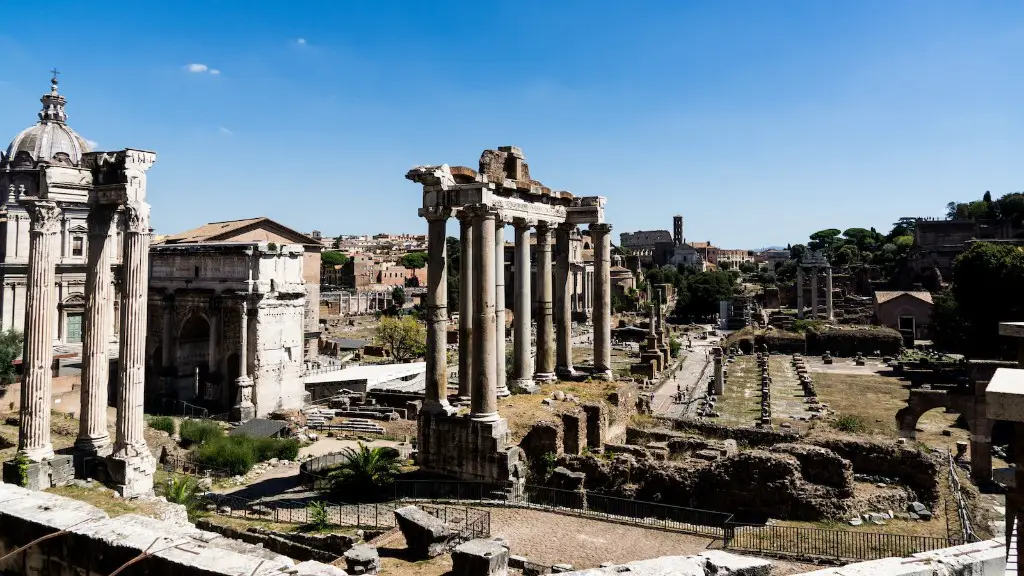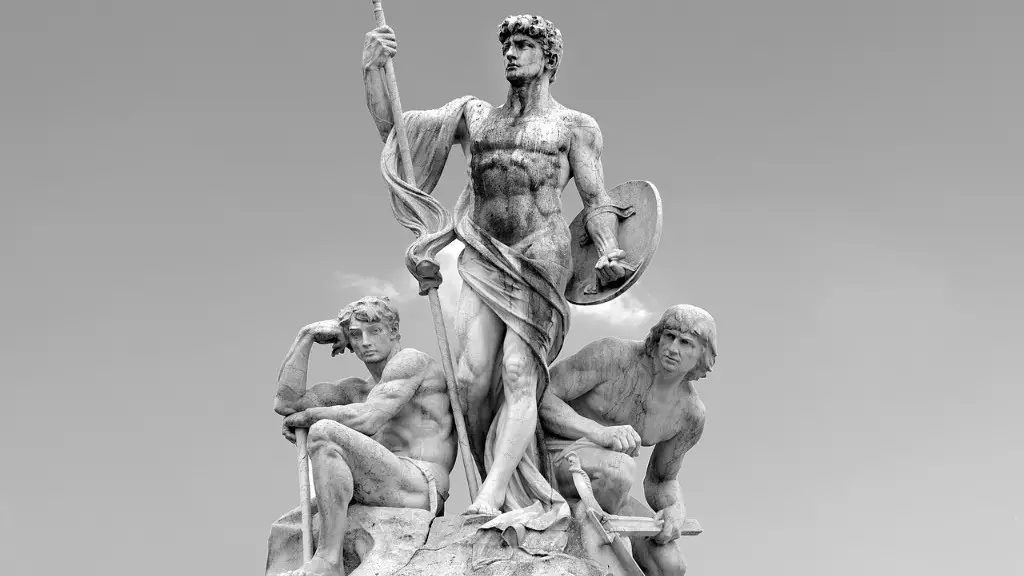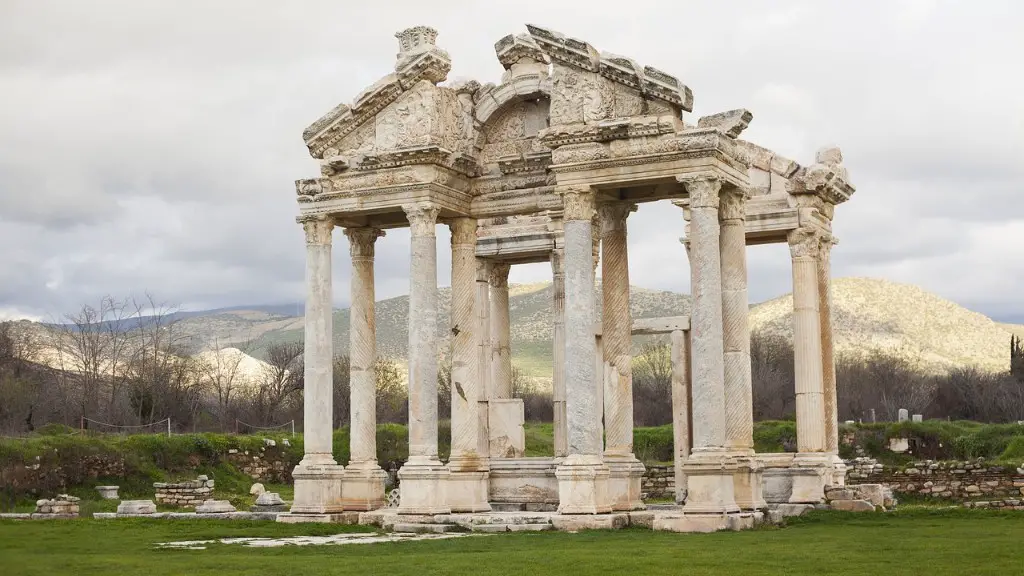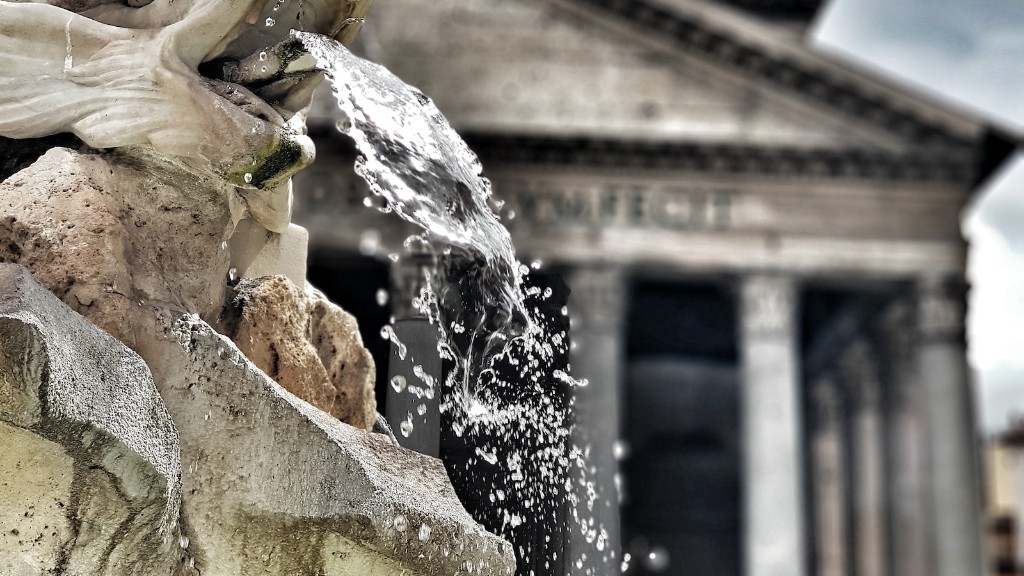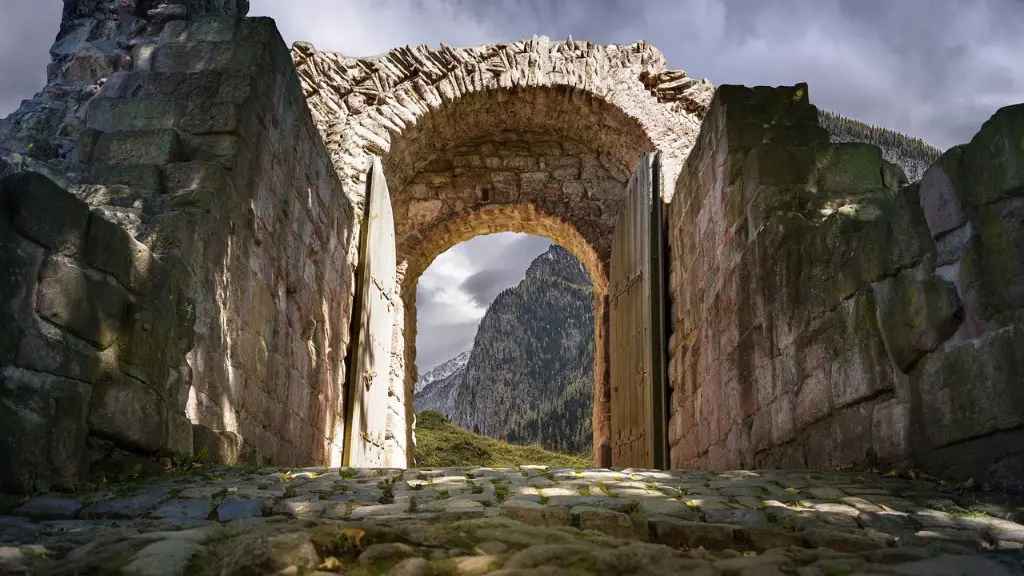The munera of Ancient Rome
The Roman munera were public contests or spectacles that provide the citizens of Rome with entertainment. Hosted by nobles or wealthy citizens, the munera were important sources of entertainment and awe. At the center of it all were the gladiators, often trained warriors, who would engage in “mortal combats against each other or against dangerous animals” (Polybius 6.45.5).
The spectacular fights not only inspired awe, but also generated excitement and enthusiasm with the members of the audience. In the eyes of the spectators, these shows were the closest thing to war and could display the valor and the skill of the fighters.
These long-standing Roman spectacles traditionally comprised three main components: singers, actors, and gladiators — the most celebrated part of all. The spectacle as a whole was accompanied by music, particularly during the gladatorial part; and not only it engaged the audience visually, but it imparted also a sense of excitement.
The shows were advertised in the form of a libellus, or a pamphlet distributed to the public before the event. This was typically a small piece of paper with a brief summary of the main item that would be available in the munus. This was typically provided in the form of a list featuring the gladiators that would participate in the fight and the animals that would be employed in the hunt. The libellus generally included an invitation to the public to come and witness the spectacle.
The libellus was an important part of the munera. It was not only a type of advertisement, but also served to preserve the memory of the munera. It was often a client’s way of earning renown and honor after staging a successful show. In the present day, surviving libelli are an important source of information about gladiators and gladiatorial contests.
The libellus was an important part of the Roman spectacle and provided a glimpse into the lives of the participants. While the gladiators and their matches had the power to awe and entertain the Roman population, the libellus was what connected them with the audience and brought their stories to life. It provided the audience with a summary of the event, and allowed them to experience the spectacle for themselves.
Gladiatorial Combat in the Roman Munera
Initially, gladiatorial combat in the Roman munera did not stem from a desire for spectacle, as its primary purpose was to honor the gods. This began in the third century BC, when funeral rites became more expensive, leading to the tradition of providing funerary games featuring gladiatorial combat. During the republic, gladiatorial contests gradually increased in popularity, becoming more and more extravagant.
In the transition from the Republic to Empire, Augustus incorporated the practice into imperial rituals and festivities, making gladiatorial combat a central component in the munera. The spectacles provided a “playground” for the Roman elite whereby they displayed their wealth and power through the munera, leading to even more luxurious spectacles.
The imperial munera were lavish affairs that were fine-tuned over time. They might include not only gladiators and wild animal hunts, but also plays, chariot races, and even ship battles. Though not officially connected with Rome’s gods, these spectacles were seen as acts of devotion, patriotism, and devotion to the emperor.
Gladiatorial combat was highly organized — the gladiators were rigorously trained, and their weapons and armor were well looked after by their owners. They were divided into distinct classes, the most famous being the murmillo, the secutor, the retiarius, and the essedarius. Though thousands of gladiators fell in the arena, only a few were actually killed.
Even gladiators known for their bravery and skill sometimes fell to their deaths if faced with a superior opponent, such was the case with Spartacus and Verus, who lost to Crixus and eventually died at their hands. Gladiatorial matches were not only dangerous, but also strategically complex; claiming many lives, both in victory and in defeat.
The Legacy of the Munera
The Roman munera have left an indelible mark on our cultural fabric. Though we no longer host gladiatorial battles, the legacy of the spectacles live on in popular culture, exhibiting the values of courage, skill, and loyalty that were so prized in the Roman age. Gladiatorial combat, though brutal and violent, also showcased physical beauty, strength and skill — more so, the ability to persevere against the odds.
The legacy of the munera takes many forms. Some ancient remains, such as the Colosseum, are a testament to the grandeur and splendor of the ancient Roman spectacles. Films such as Gladiator, Spartacus and Rome have marred the memory of the age, drawing from the of honour, courage and loyalty of the gladiators.
Today, the most prominent form of Roman entertainment, the gladiatorial combats, have been long-banished due to its inherent violence, but its spirit still lives on in modern sports such as wrestling, boxing and mixed martial arts. People enjoy these sports for the same reasons the spectators of the old Roman spectacles once did – for their display of skill and courage.
Rituals and Symbols of the Munera
Rituals and symbols were intrinsic parts of the Roman munera, allowing spectators to partake in an experience that was larger than life. The pre- and post-bout rituals provided an integral part of the spectacles, as they were an attempt to connect the gods to the proceedings.
This was demonstrated in the procession of gladiators, who wore colorful garb and were accompanied by trumpets and drums, who carried a banner with the emblem of salus – the goddess of health. These symbols, along with the throwing of flowers, were reassuring signs that the gods were with them in their activities.
In addition, the various gods also featured in the symbolism of the arena, with statues and sculptures of these deities standing on either side. The statue of Jupiter, for example, was adorned with a veil, meant to symbolize the protection of the gladiators in the fight.
The rituals and symbols of the munera, therefore, provided a link between the spectacle and the gods, with their purpose to invoke protection and honor – and ultimately assure the gods’ approval.
Gambling and Bets in the Roman Munera
The Roman munera were not only spectacles – they were also opportunities for gambling. For the elite and wealthy Roman citizens, it provided a chance to bet on the outcome of the fight; and for the poor, it was a way to improve their financial situation by playing the odds.
In fact, gambling was so prevalent that it was even illegal for the senators of Rome to place bets on gladiatorial matches. Emperor Augustus reportedly bet 2400 sesterces on two victorious gladiators, resulting in his temporary exile from the city. It is thought that the emperor’s punishment was due to attempting to garner favor amongst the people for his own ends.
The Roman munera, however, did not just provide an opportunity for gambling as betting houses were even set up specifically devoted to the Roman spectacles. In addition, betting was not just limited to win or lose — people could also bet on a whole range of outcomes including the number of turns in a fight, the length of time it would go on for, or even the weapons that would be used.
Gambling, therefore, played a large role in the Roman munera and was a way for citizens to engage with the spectacle. It provided a way to increase their fortunes, while also an opportunity to participate in a bit of harmless fun as everyone waited to see who would reign victorious in the arena.
Conclusion of the Munera in Rome
The munera of Ancient Rome provided citizens with a form of entertainment that had a long-standing tradition in the Roman Empire. Aside from its purpose of providing entertainment, the munera also served to honor the gods, celebrate the valor and skill of the gladiators and entertain the citizens of Rome. The libellus were an important part of the spectacle, providing the audience with a summary of the event and allowing them to experience the fight for themselves.
The legacy of the munera lives on today in the forms of modern sports, literature and movies. Additionally, the symbols and rituals featured in the Roman munera provided a link between the spectacle and the gods, allowing spectators to partake in an experience that was larger than life. Lastly, gambling also played an integral role in the Roman munera, as it provided citizens with an opportunity to improve their fortunes.
